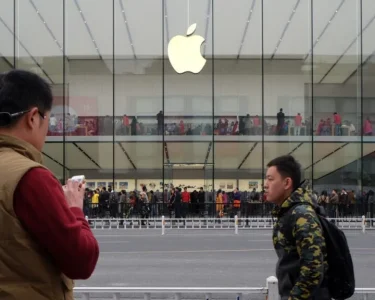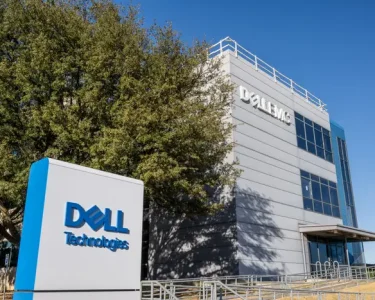spending strategy: In recent years, Saudi Arabia has made headlines with its ambitious Vision 2030 plan, a roadmap aimed at diversifying the Kingdom’s economy away from its heavy dependence on oil. However, the latest developments indicate a profound shift in how the Kingdom allocates its resources, signaling that Saudi Arabia may no longer be the bottomless financial reservoir that many once perceived it to be. This shift is more than a mere adjustment; it is a strategic pivot that could reshape the nation’s economic landscape and influence global markets.

The Evolution of Saudi Arabia’s Economic Strategy
Historically, Saudi Arabia has been synonymous with vast oil wealth, using its substantial reserves to influence global energy markets and finance domestic development projects. For decades, the Kingdom’s economic policy was straightforward: leverage oil revenue to fund public spending, infrastructure projects, and social programs. However, the global energy market’s volatility and the pressing need to secure a sustainable economic future have compelled Saudi Arabia to reconsider this approach.
Under the leadership of Crown Prince Mohammed bin Salman, Saudi Arabia has embarked on a journey to diversify its economy through the Vision 2030 initiative. This ambitious plan includes investments in non-oil sectors such as tourism, entertainment, and technology, with the ultimate goal of reducing the Kingdom’s dependence on oil revenues. As part of this strategy, the Kingdom is now shifting its focus towards long-term investments and strategic spending, rather than merely pouring money into projects without a clear return on investment.
Strategic Investments Over Extravagance
One of the most notable changes in Saudi Arabia’s spending strategy is the emphasis on targeted investments in key sectors that promise sustainable growth. Instead of financing mega-projects without considering their long-term viability, the Kingdom is now prioritizing investments that align with its broader economic objectives. This includes developing the tourism sector, which is expected to contribute significantly to the nation’s GDP by 2030, and fostering a tech ecosystem that could make Saudi Arabia a regional leader in innovation.
Moreover, the Public Investment Fund (PIF), Saudi Arabia’s sovereign wealth fund, has been instrumental in this strategic shift. The PIF has shifted its focus from acquiring high-profile assets abroad to investing in domestic projects that will create jobs and boost economic growth. This approach not only supports the Vision 2030 goals but also ensures that Saudi Arabia’s wealth is being utilized in ways that directly benefit its citizens.
Redefining Saudi Arabia’s Role in Global Markets
Saudi Arabia’s shift in spending strategy is also evident in its approach to global investments. The Kingdom is no longer simply a source of capital for international ventures but is now a strategic partner looking for synergies that align with its national interests. This is particularly evident in the energy sector, where Saudi Arabia is investing in renewable energy projects both domestically and internationally. By doing so, the Kingdom aims to position itself as a leader in the global energy transition while also securing its future in a world that is gradually moving away from fossil fuels.
This redefined approach has also influenced Saudi Arabia’s foreign policy. The Kingdom is now more selective in its financial support for regional allies, focusing on stability and economic cooperation rather than extending financial aid without clear strategic benefits. This pragmatic approach reflects Saudi Arabia’s broader goal of ensuring its long-term economic stability while still maintaining its influence in the region.
Challenges and Opportunities Ahead
While Saudi Arabia’s new spending strategy is a step in the right direction, it is not without challenges. The Kingdom must navigate the complexities of transitioning from an oil-dependent economy to one that is diversified and resilient. This requires not only strategic investments but also structural reforms, such as improving the business environment, enhancing education and workforce skills, and fostering innovation.
Moreover, the global economic environment presents its own set of challenges. The ongoing volatility in oil prices, geopolitical tensions, and the global push towards renewable energy all have implications for Saudi Arabia’s economic future. However, the Kingdom’s strategic shift in spending suggests that it is well aware of these challenges and is taking proactive steps to address them.
Conclusion: A New Chapter for Saudi Arabia
Saudi Arabia’s shift in spending strategy marks a significant turning point in its economic development. No longer content with being seen as a financial reservoir, the Kingdom is now focused on building a sustainable and diversified economy that can thrive in a rapidly changing global landscape. This strategic pivot is not only crucial for the Kingdom’s future but also has far-reaching implications for global markets and regional stability.
As Saudi Arabia continues to implement its Vision 2030 plan, the world will be watching to see how this new strategy unfolds. Will the Kingdom’s investments in tourism, technology, and renewable energy pay off? Will Saudi Arabia successfully transition from an oil-dependent economy to a diversified powerhouse? Only time will tell, but one thing is clear: Saudi Arabia’s days as a financial reservoir are numbered, and a new era of strategic spending has begun.
For more insightful analyses on global economic strategies, be sure to check out Digital Digest.




